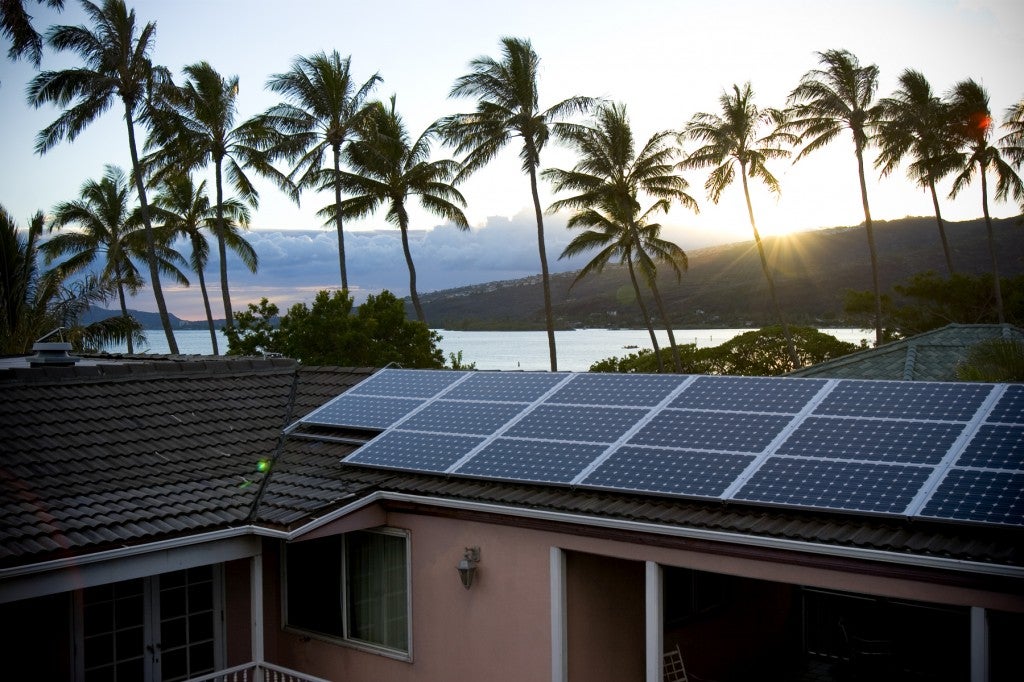In letters to the President delivered yesterday, business groups as diverse as the Industrial Energy Consumers of America (representing major manufacturing sectors such as cement, paper, chemicals and steel), the Ohio Business Council for a Clean Economy, Ingersoll Rand and Recycled Energy Development all agree and are asking for the same thing: EPA should make energy efficiency front and center as it adopts regulations to set greenhouse gas standards for power plants under the Clean Air Act.

Given the existence of many positive return-on-investment energy efficiency options, including energy efficiency as a compliance strategy, is a no-brainer. In fact, McKinsey & Company’s Unlocking Energy Efficiency in the U.S. Economy shows the U.S. industrial sector alone can reduce annual energy consumption 18 percent by 2020 and save more than $442 billion in energy costs by investing in energy-efficiency opportunities that quickly pay for themselves (investments that have a positive NPV, or net present value). In the process, they also reduce greenhouse gases, which is what EPA wants.
But energy efficiency goes beyond a cheap compliance strategy. It pays returns in perpetuity: Imagine if several years down the road when these investments have paid for themselves, this $442 billion savings is made available for investments in U.S. manufacturing. The job creation potential then takes off. At conservative rates of four jobs per million dollars invested, that would create an estimated 1.75 million jobs.
Typically, facilities can find 20-30 percent in energy efficiency opportunities that pay for themselves in less than two years. For example, EDF recently helped the IUE-CWA union conduct a three day “Treasure Hunt” to search for energy-saving opportunities at the Cobasys advanced battery manufacturing plant in Springboro, Ohio. Even at this state-of-the-art facility built in 2003, the team identified savings that would cut the plant’s energy bill by 18.5 percent and emissions of greenhouse gases (carbon) by 19 percent.
It’s hard to see how a regulation that asks facilities to implement these savings would “kill jobs” when the investments pay back in less than two years, and provide the company with benefits from cost savings in perpetuity.
Once again, a careful look at how companies can comply with EPA regulations shows the “jobs killing” rhetoric to be simply scaremongering. Energy efficiency investments create 8.9 to 11.9 jobs for every $1 million in spending. (Spending on fossil fuels, by contrast, generates 3.7 jobs (oil and gas) to 4.9 (coal) jobs per $1 million in spending.) So, compliance isn’t a burden and the path forward is job intensive.
It’s a nice added benefit that energy efficiency jobs can be found across the U.S. and across industry sectors. For example, the Industrial Energy Consumers of America asked EPA to place special emphasis on industrial cogeneration, an energy efficiency solution also known as ‘combined heat and power’ or ‘waste heat recovery’. A value chain assessment of this solution by Duke University shows that it will increase demand for large equipment such as generators and turbines, all made in the U.S., and lots of new steel piping, good news for the steelworkers.
In sum, a dollar spent on energy efficiency provides triple returns: industrial facilities and building owners quickly see their investments generating annual cost savings (just 2-3 years out), power plants don’t need to build new capacity and raise rates to pay for it, and all the firms across the U.S. that supply energy efficiency solutions see new customers. And, in the process, CEOs can also check off that “compliance with EPA regulation” box because greenhouse gas emissions will drop significantly. “Job killing EPA regulations” is a great sound-bite but the experience of firms in the real-world doesn’t support the rhetoric.















